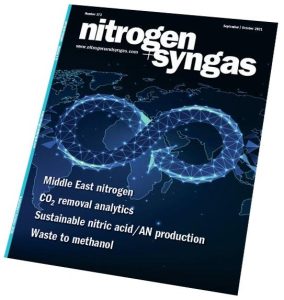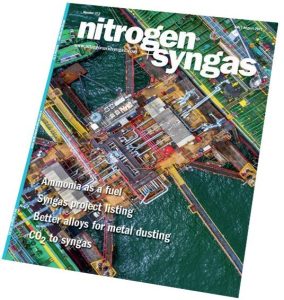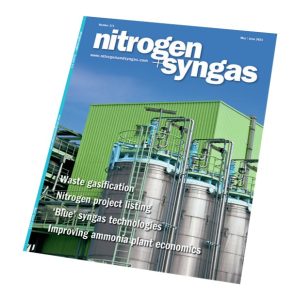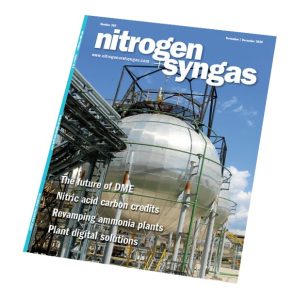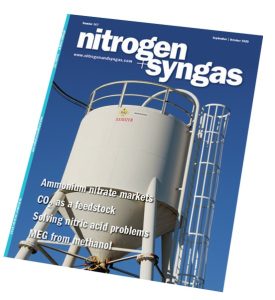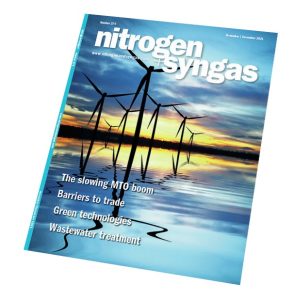
The shape of things to come?
Global nitrogen and methanol markets are currently in the grip of a crisis in feedstock prices. Mostly this is about Europe’s dependence on imported natural gas, but – particularly on the methanol side – it has also been exacerbated by high coal prices in China, where heavy rains have led to flooding in Shanxi province, the source of one third of China’s coal. These have followed similar floods in Henan in July, and come at a time when China is facing power rationing due to a lack of electricity supply. The world economy’s long-awaited bounce back from the covid pandemic has also led to a general global surge in energy demand, and consequently higher oil and gas prices.

